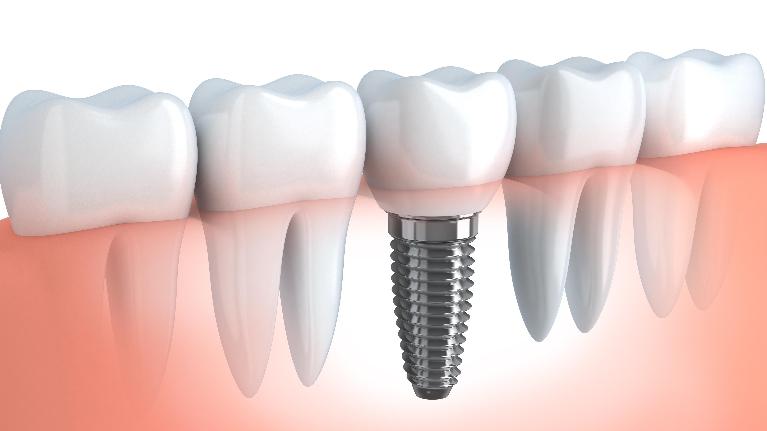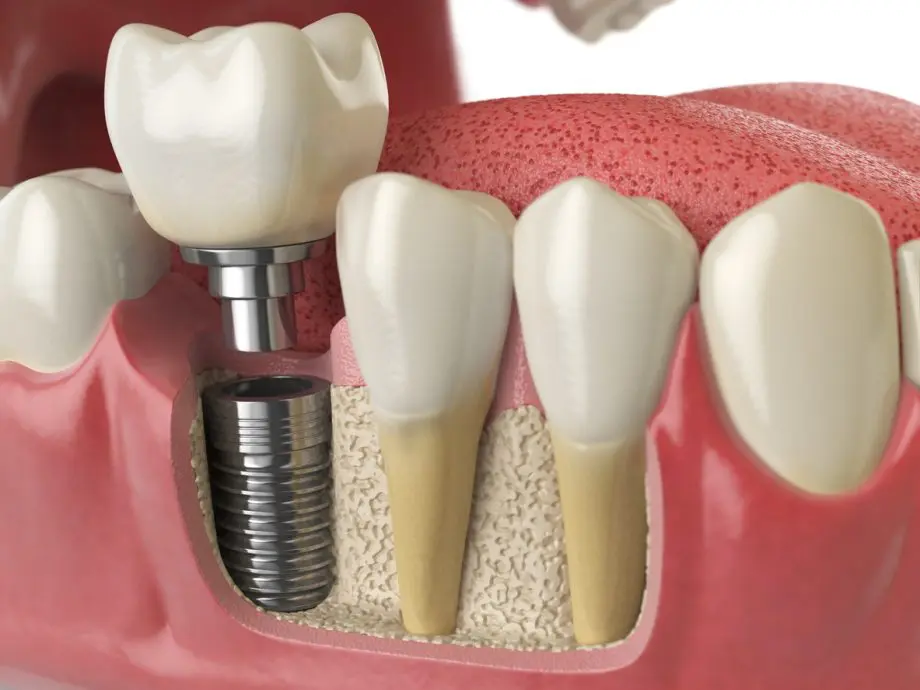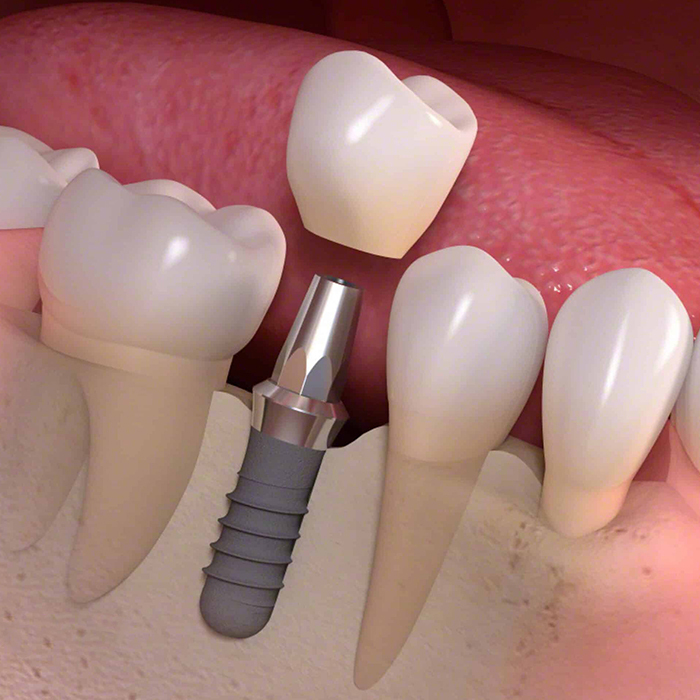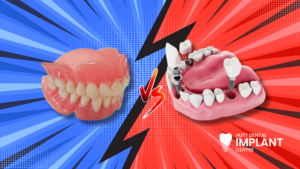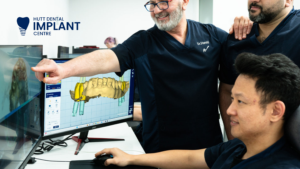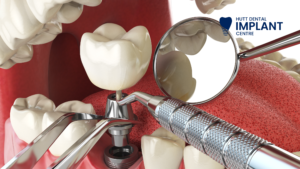Tooth loss isn’t just about appearance — it affects how you eat, speak, and feel every day. Left untreated, it can also lead to bone loss in the jaw, which makes future treatment more complex. That’s why timing matters.
If you’re considering dental implants, here’s what the process looks like, step by step.
Step 1: Your First Consultation
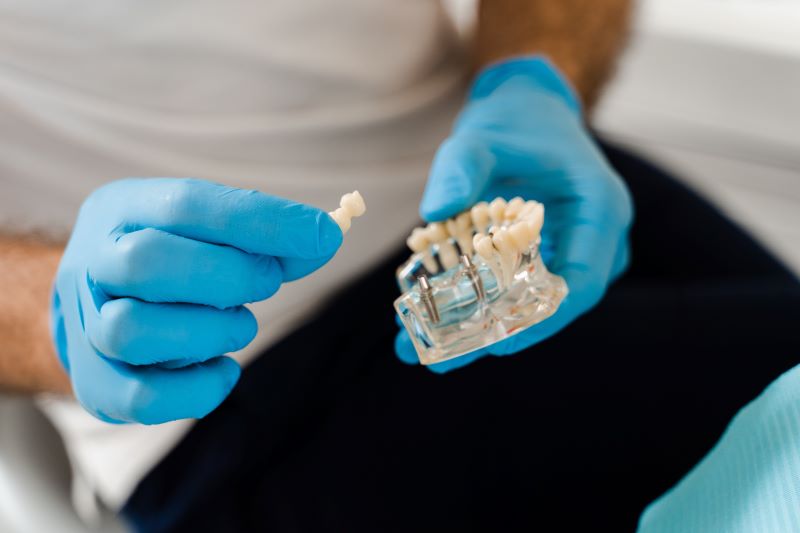
We start with a conversation. You tell us what’s been bothering you — whether it’s chewing, smiling, or dealing with dentures — and we listen. A 3D scan shows us the full picture beneath the surface, including bone levels and implant suitability. From there, we map out a plan that makes sense for you.
Step 2: Smile Planning and Simulation

Using digital planning software, we position the implants where they’ll offer the best support and long-term outcome. You’ll see a preview of the proposed result and receive a full breakdown of the timeline, pricing, and options — including sedation if you’d prefer a more relaxed experience. There’s no guesswork, and no pressure to proceed.
Step 3: Implant Placement
On the day of your procedure, we carefully place the implants, often after removing any damaged or failing teeth. In many cases, especially with full-arch treatment, we prepare temporary teeth straight away so you don’t leave with gaps. The goal is stability, both in the jaw and in your everyday life.
Step 4: Healing and Temporary Teeth
For most patients, temporary teeth are placed within 24–48 hours. These allow you to speak and eat comfortably while your jaw heals. Healing usually takes a few months — during this time, the implants anchor into the bone. This stage is essential to the long-term success of the treatment.
Step 5: Final Teeth Fitting

Once healing is complete, we fit your final teeth — crafted for strength, function, and a natural fit with your bite. There’s no need to learn new habits; they feel like teeth should.
Step 6: Maintenance and Long-Term Care

Like natural teeth, implants need care. We’ll show you how to keep them clean and healthy and recommend regular check-ups to make sure everything stays on track. With proper maintenance, implants can last decades.
Why Implants Over Dentures
Dentures rest on the gums and often shift with time. Implants are fixed in the jaw, helping preserve bone structure and restore function. That means eating steak, biting apples, and speaking without worry — no adhesives, no slipping.
Why Timing Matters
Bone starts to shrink after tooth loss. The longer you wait, the more complex the treatment can become. Starting sooner can mean simpler treatment, better stability, and more predictable results.
What Makes Our Approach Different
At Hutt Dental Implant Centre, we focus only on implants. All services — from scanning to surgery — are provided in-house at our Lower Hutt clinic. With experienced clinicians, IV sedation options, and a local dental lab, we’re set up for both efficiency and care.
Take the First Step
There’s no commitment and no pressure — just a clear plan and answers. Call 04 566 0012 or visit huttdentalimplants.co.nz to book your consultation.

